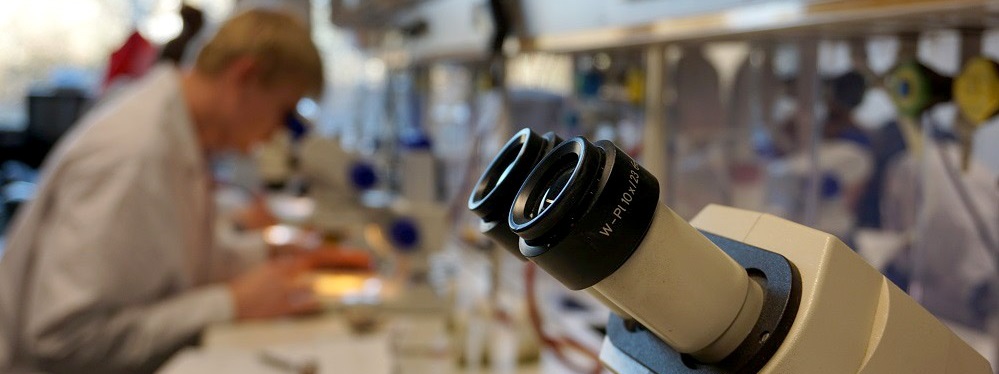– RNA regulators – mRNA fates – phase transitions
The Main Question
Fundamental to gene activity control in eukaryotes is messenger RNA synthesis in the nucleus and protein production in the cytoplasm. This physical separation offers extensive gene regulation at the post-transcriptional level and is heavily exploited in development and physiology by numerous cell types to precisely control the dose of gene expression. Our goal is to reveal the biology of cytoplasmic mRNA regulation at the mechanistic level, using germ cell development as a challenging example. This will allow us to understand how RNA regulators control mRNA fates, how together they form RNA-protein complexes/RNA granules, and how their activities are controlled.
The Approach
Three perspectives guide our work on germ cell biology: RNA-binding/-modifying proteins, ribonucleoprotein complexes (RNPs), and RNA granules. We study the architecture of mRNA-regulatory networks, how they dynamically deploy RNA-modifying enzymes and RNA-binding proteins to produce protein expression patterns essential for germ cell development. Notably in germ cells, RNA-protein complexes morph into larger, highly dynamic cytoplasmic inclusions, knowns as germ granules. We study how these membrane-less organelles form, reorganise, and function during germ cell development to ensure the establishment of the immortal germ lineage.
